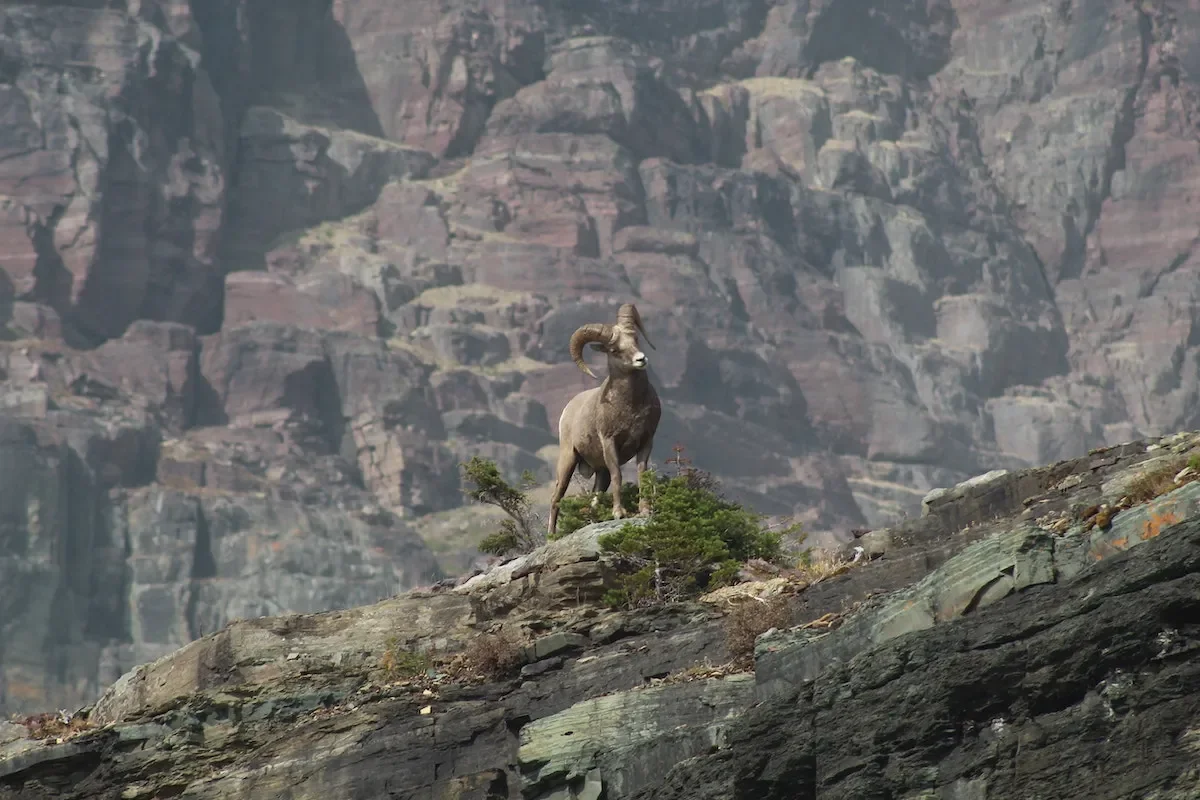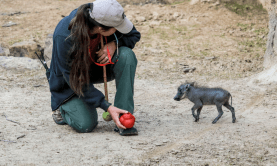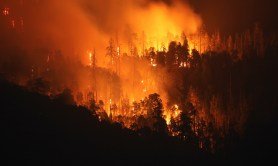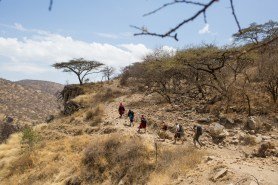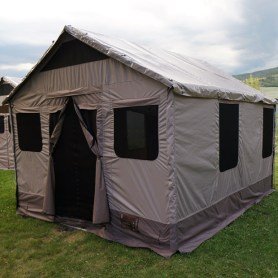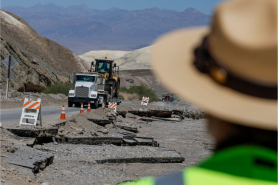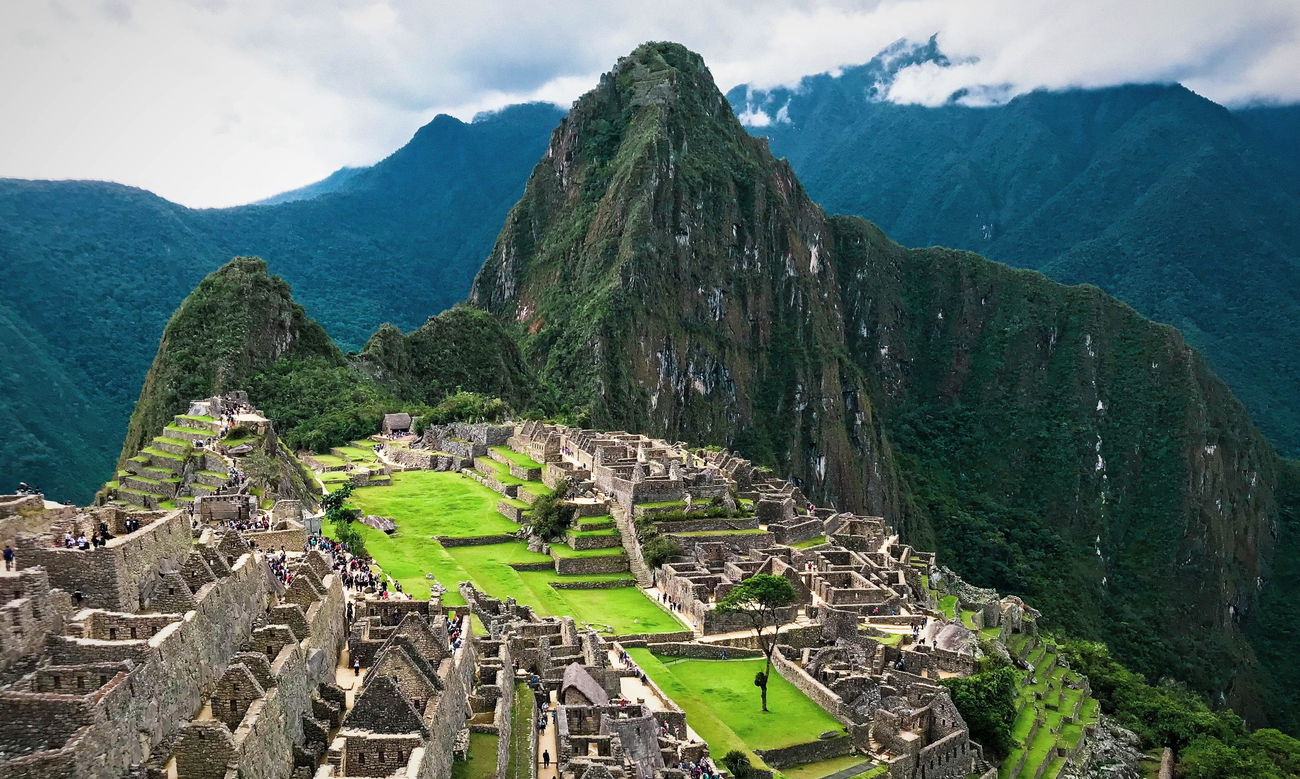

We don’t mean to sound the alarm bells—but climate change is going to alter our travel plans in a major way. Of course its begun already – many beloved destinations have seen the effects of over-tourism and global warming. Unfortunately, that means that a lot of incredible places around the globe will no longer be accessible to travelers, or worse, will cease to exist altogether.
These destinations have the auspicious honor of being both high on our travel bucket list—but unfortunately also high on the list of places that will either disappear soon or stop permitting tourists. Our advice: Plan that once-in-a-lifetime trip sooner rather than later.
The Maldives
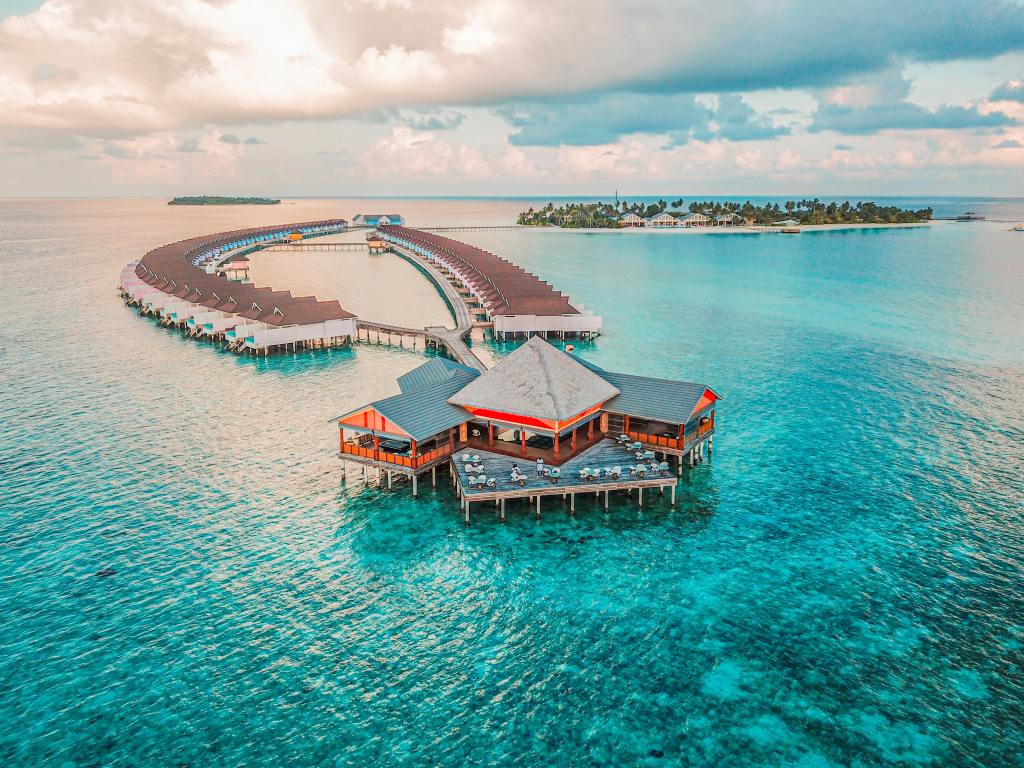
Why it’s in danger: The Maldives is the lowest-lying country on the planet and with sea level rising year-over-year, the island nation is expected to see the effects of climate change sooner than many other countries. This means the Maldives may be underwater soon.
How long you’ve got: Go now
Why it’s a must-see: The tropical paradise on the Indian Ocean offers temperate weather and crystal-clear waters year-round. It’s plenty with both bohemian and ultra-luxury accommodations with attractions that range from relaxation massages to extreme water sports.
The Grand Canyon
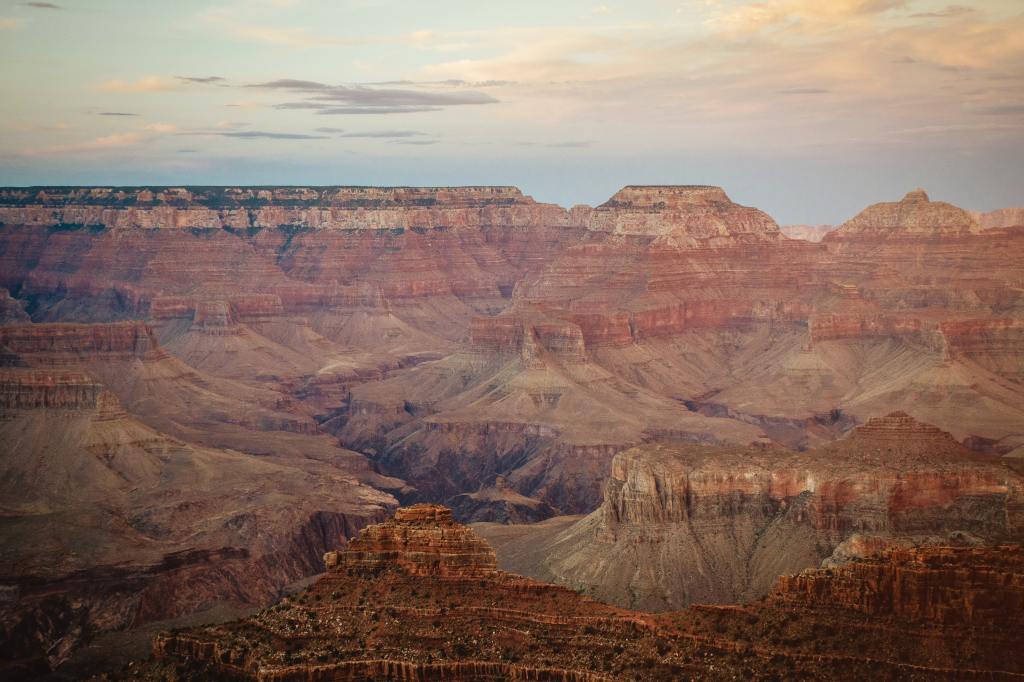
Why it’s in danger: The Grand Canyon was named one of the most endangered historic places due to a combination of over-tourism and mining in the vicinity.
How long you’ve got: You’ve got time
Why it’s a must-see: The natural red rock formation is jaw-dropping; it spans more than 10 miles across and an incredible 277 miles deep.
Antarctica
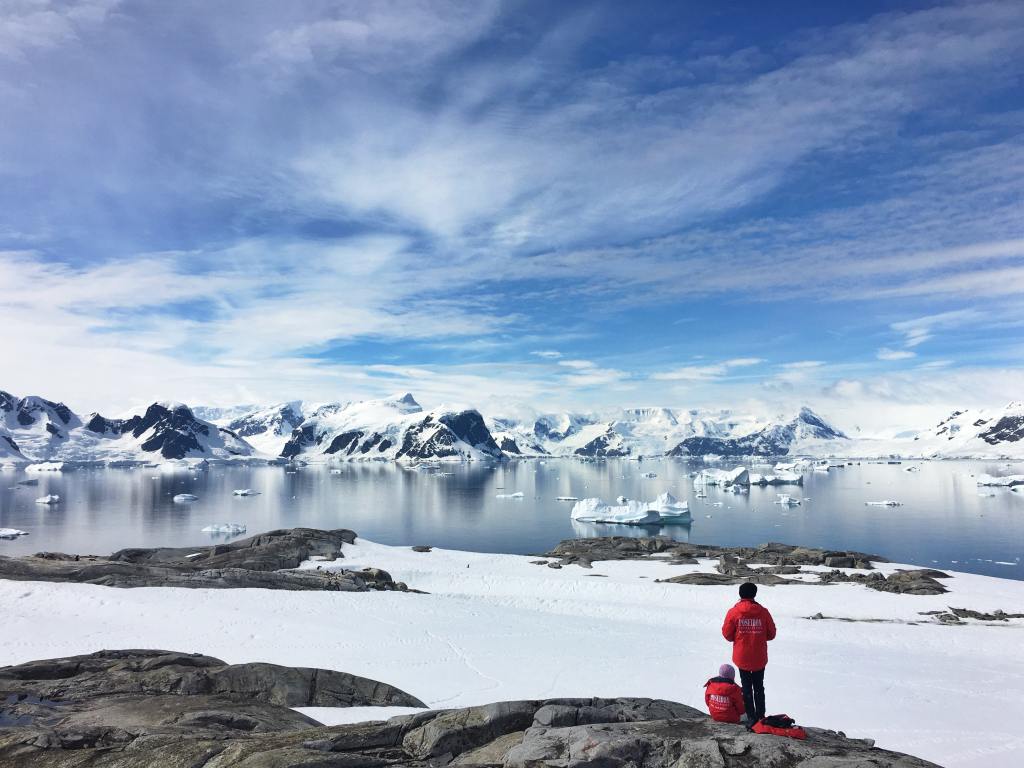
Why it’s in danger: Antarctica has one of the most pristine yet fragile ecosystems in the world—and yet it’s expected to lose most of its permanent ice caps by the end of this century. Evidence of climate change is already visible in Antarctica and cruise ships have already seen greater rules put in place to prevent over-tourism.
How long you’ve got: Go now
Why it’s a must-see: There’s absolutely nothing on the planet that compares to stepping onto Antarctica the first time; overlooking thousands of penguins and feeling as though you’re the only human presence for hundreds of miles (because you are). It’s an otherwordly experience that few humans have the privilege to witness.
The Galapagos Islands

Why it’s in danger: The marine ecosystem in the Galapagos Islands is extremely fragile, and, unfortunately, due to over-fishing and illegal industrial fishing, the delicate marine environment has become compromised.
How long you’ve got: You’ve got time
Why it’s a must-see: The historic Galapagos Islands are one of Ecuador’s biggest attractions and the site of Darwin’s great evolution work. The stunning islands are home to giant tortoises, marine iguanas and more incredible fauna and flora unique to the region.
Machu Picchu
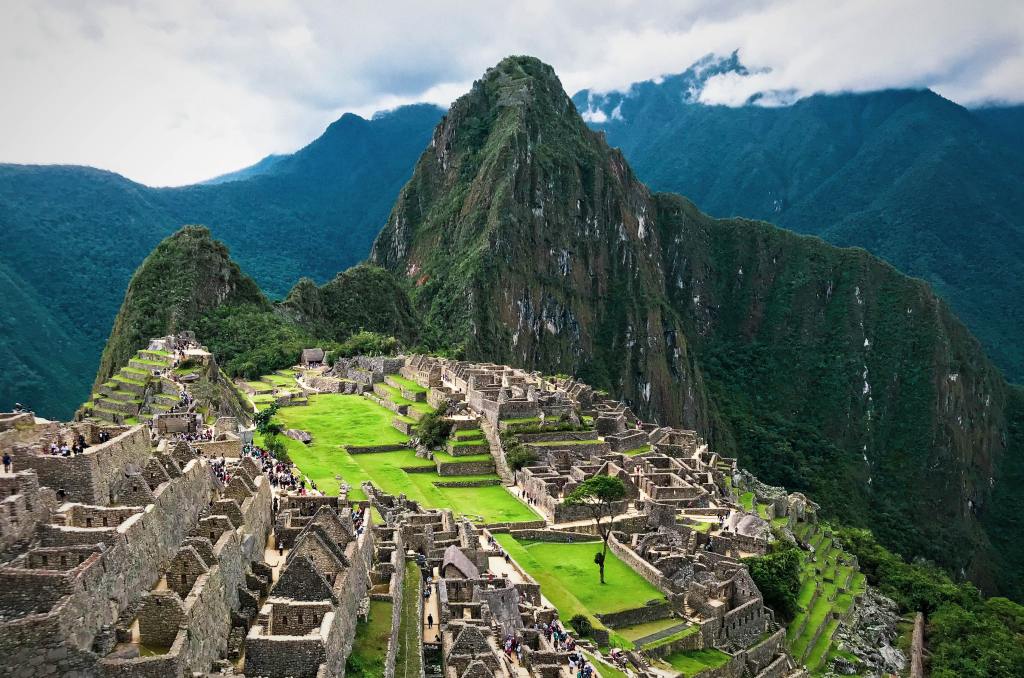
Why it’s in danger: Machu Picchu is a destination on everyone’s bucket list—but all those tourist footprints increase erosion. The steep slopes are also impacted by increasing rain and landslides. Protests in Peru have already resulted in partial shutdowns for tourists.
How long you’ve got: Go now
Why it’s a must-see: The UNESCO World Heritage Site and one of the New Seven Wonders of the World offers a glimpse into the Incan Empire. It’s also one of the most beautiful look-out spots in South America, sitting at more than 7000 feet above sea level.
Cappadocia

Why it’s in danger: The naturally-occurring fairy chimneys that draw so many visitors to the region were created by a geological process involving volcanic eruptions and eventual erosion so it stands to reason that these mythical structures will continue to erode in the decades to come.
How long you’ve got: Visit in the next few decades
Why it’s a must-see: The region is known for its daily hot air balloon rides that light up the landscape at sunrise—but it’s the unique volcanic ash topography and caves built during the eighth and seventh centuries BCE that make this region so incredible to visit.
Venice
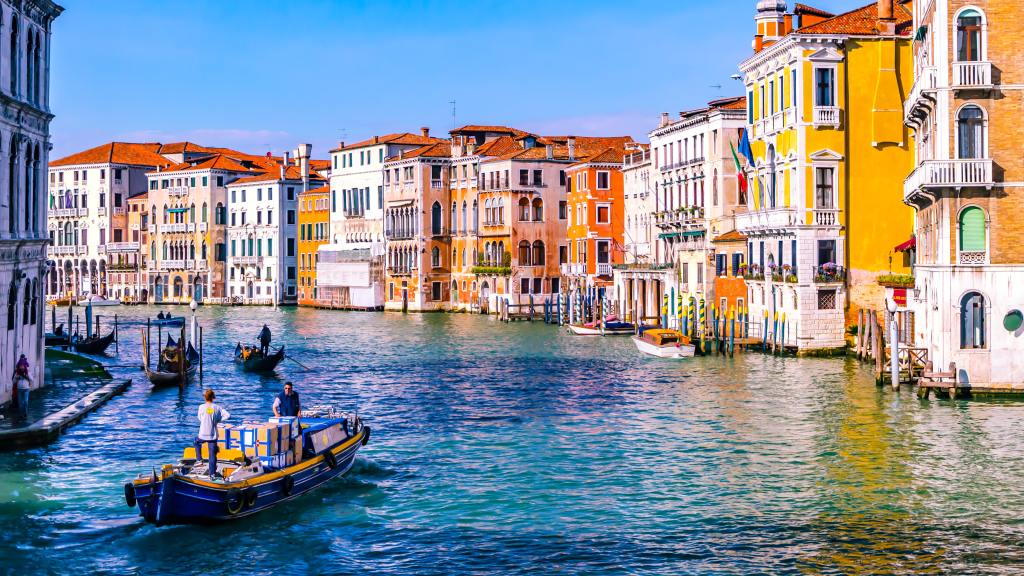
Why it’s in danger: Venice is sinking—we hear it all the time. Unfortunately with rising sea levels and the city’s crumbling foundation, it’s only a matter of when before the city can no longer sustain tourism. Cruise ships have already been banned from the region and travelers on foot must make a reservation and pay a fee in order to visit.
How long you’ve got: Go now
Why it’s a must-see: The city of canals is unlike any other city in Europe—let alone the world. The metropolis includes bridges, gondolas and charming pedestrian streets, all set across over a hundred islands.
The Great Wall of China
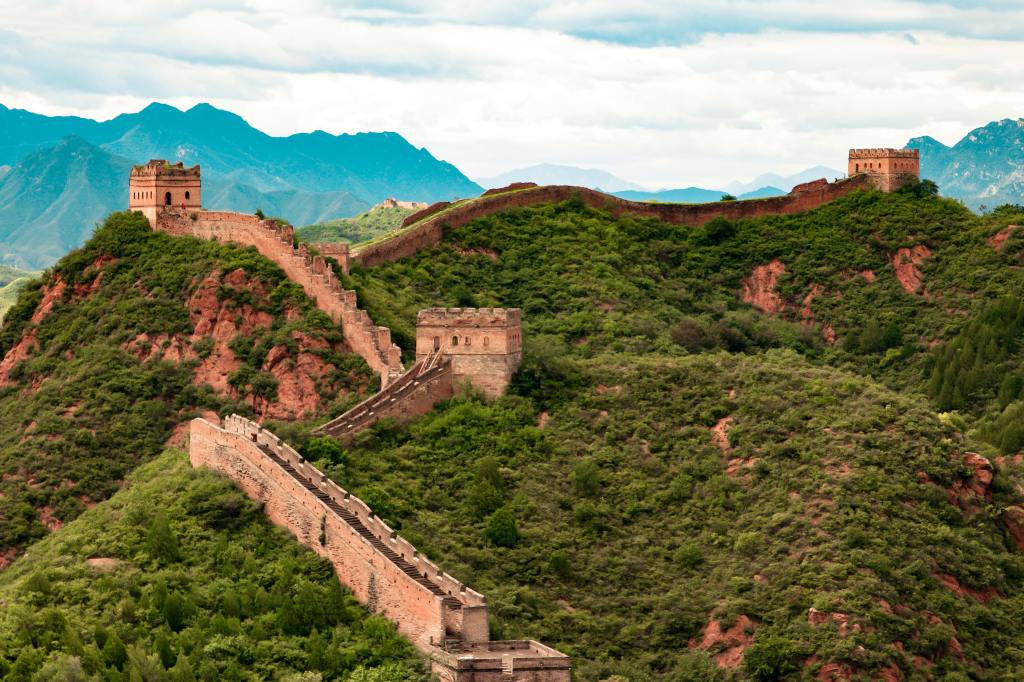
Why it’s in danger: Natural factors including wind, rain, mudslides and earthquakes have caused the Great Wall of China to erode over the centuries—but over-tourism and construction have also contributed to the loss of integrity. It’s estimated that just 8% of the wall is still standing in decent condition.
How long you’ve got: Go now
Why it’s a must-see: The UNESCO World Heritage Site is the longest man-made structure in the world and dates back to the third century AD. It was built across six different Chinese dynasties and is one of the original Seven Wonders of the World.
Vienna
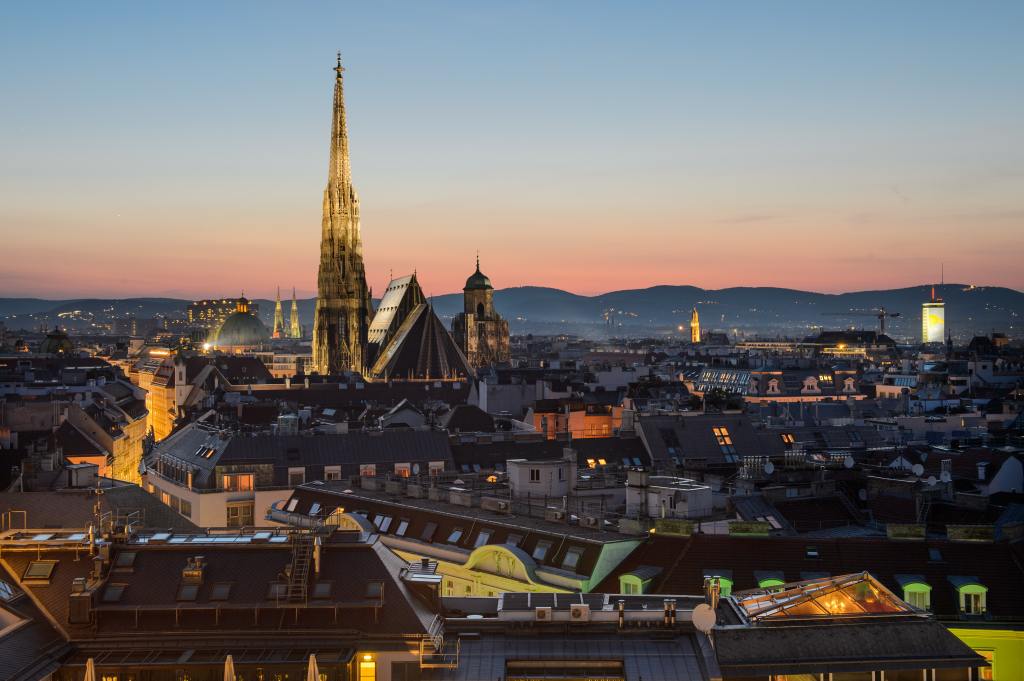
Why it’s in danger: UNESCO recently added the Historic Centre of Vienna to its “World Heritage in Danger List” due to the high-rise building projects set to commence in the middle of the city.
How long you’ve got: You’ve got a little time
Why it’s a must-see: Vienna has a particularly rich history in the areas of psychology and music; Beethoven and Mozart both lived in Vienna and as did Sigmund Freud. It’s also known for its Baroque architecture and stunning green spaces.
The Dead Sea

Why it’s in danger: Climate change has already started to impact the Dead Sea. The surrenounding desert has become hotter and sees less rain which results in lower water levels overall; experts believe the only water available to replenish the sea will be from flash-flooding in as little as two decades.
How long you’ve got: Go now
Why it’s a must-see: The Dead Sea is essentially a natural-occurring spa; it’s the saltiest body of water on earth which is excellent for the skin and can even help symptoms of psoriasis and eczema. The high salt count also causes humans to float with ease, making for a unique swimming experience.
Great Barrier Reef

Why it’s in danger: Coastal development, climate change, and illegal fishing have all tragically contributed to the death of more than half of the coral population in the Great Barrier Reef.
How long you’ve got: Go now
Why it’s a must-see: The Great Barrier Reef on the northeastern coast of Australia is considered to be the biggest and most impressive coral reef ecosystem in the world. It’s home to thousands of different species of sea creatures and otherworldly rainbow-hued coral.
Mount Kilimanjaro
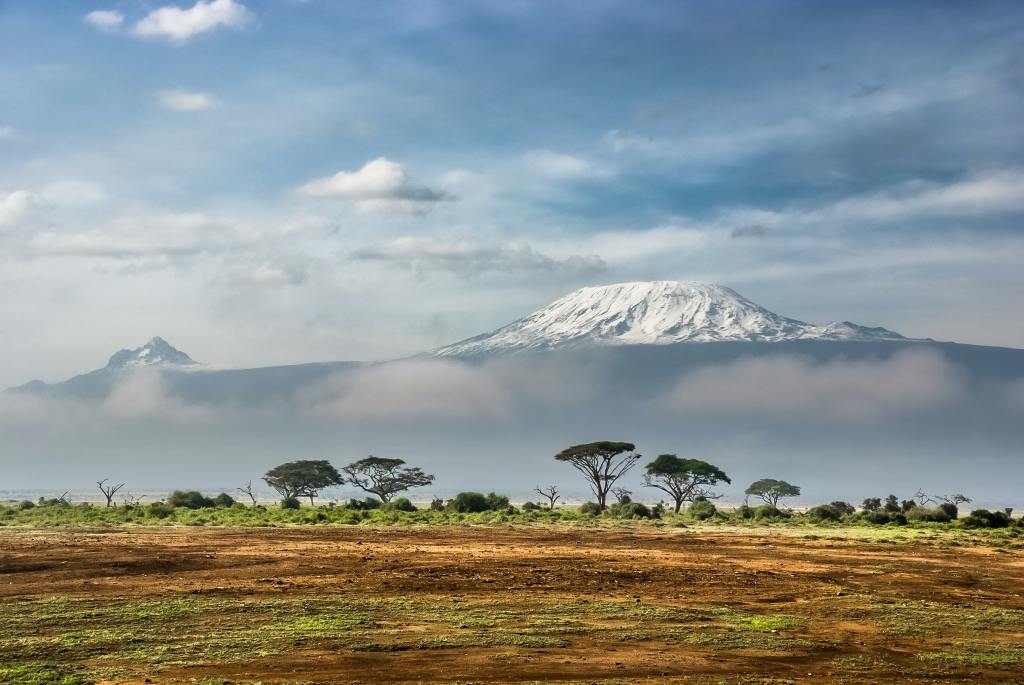
Why it’s in danger: Studies show that the snow-peaked Mount Kilimanjaro has been receding by 1% a year since 1912 and hasn’t accumulated new ice since 2000. At this rate, the glaciers will be completely gone in less than 15 years.
How long you’ve got: Go now
Why it’s a must-see: Mount Kilimanjaro in Tanzania is the largest free-standing mountain in the world when measured from base to summit—which makes it an attractive option for adventure travelers and climbers.

